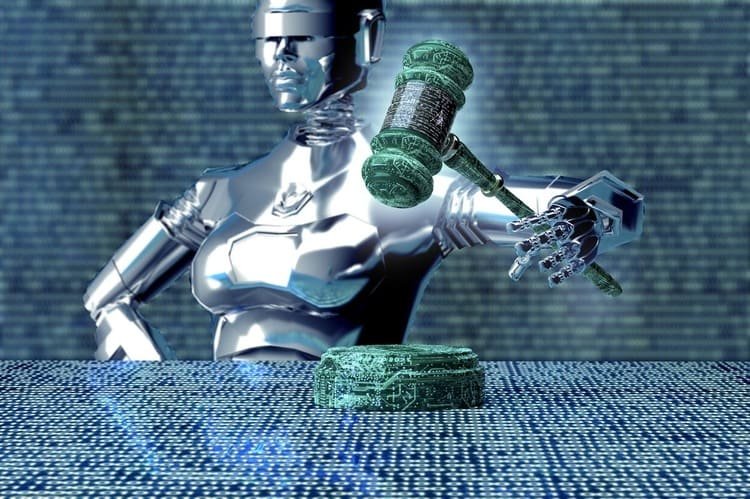Robots To Deliver Judgement Very Soon

Dramatic changes are brewing in the global system of justice administration: the algorithms are being developed to expedite trials and anticipate (in order to prevent) crimes and criminal intentions.
If the experiment in the field of AI is successful, it can be assumed that robots will take the place of the traditional judge in the foreseeable future, and the potential criminal will be seized even before the crime is committed to be sentenced by the robot judge for criminal intent. Such a perspective will raise a number of important moral and ethical issues: the possible restriction (or reduction) of the fundamental rights and freedoms of man and citizen and the fairness of the trial and sentence.
What seemed like an unattainable virtual sphere yesterday, became a reality today. In particular, in Estonia, which is a leader in the field of e-government and e-residence, the judicial practice already applies the algorithm in administrative claims with damages of up to 7,000 euros.
A positive aspect of robots and algorithms is comparative law enforcement practice: not a single human judge is able to conduct a comparative analysis of all precedents in judicial practice for a similar lawsuit. This kind of process and sentence are ideal for those who prefer a cold, balanced judgment, without emotion, anger, and addiction. Opponents, however, believe that in the event of an algorithm failure, a robotic court decision can lead to irreparable consequences and that a human judge should always assist the robot. This question has one more moral aspect: is the biblical saying “do not judge, let not you be judged” apply to a robot judge? Indeed, while penalized judges are judged, will a guilty robot judge be judged?
In 2018, the Council of Europe adopted the European Ethical Charter on the use of Artificial Intelligence in judicial systems and the surrounding realities, which emphasizes the danger of discrimination in the judicial process and in decision-making, since the algorithm identifies specific factors of public threat and danger in relation to ethnic religious and socio-economic factors. Thus, there is a real danger of unjustified tightening of punishment by a robot judge.
However, are robotic judges with algorithms embedded so cruel and bloodthirsty?
In 2006, the Chinese press reported on law enforcement practice in one of the provincial towns, in which a high-complexity computer issued fifteen hundred criminal sentences.